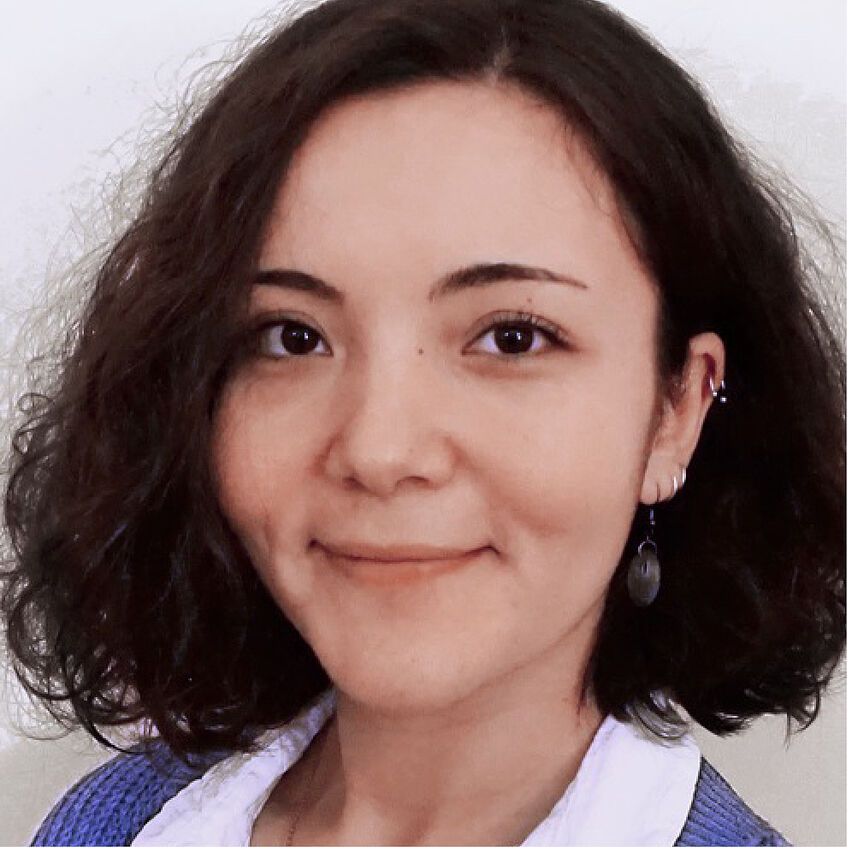
Arjin Tas, BA MA
Arjin Tas, BA MA
sowi:docs Stipendiatin
Kontakt
Institut für Kultur- und Sozialanthropologie
Universitätsstraße 7, 1010 Wien
NIG, 4. Stock
Raum: C0408
T: +43-1-4277-49549
E-Mail: arjin.tas@univie.ac.at
Forschungsschwerpunkte
- Urban destruction and redevelopment (in Southeastern Turkey)
- Counterinsurgency (in Turkey)
- Theory of accumulation by dispossession
- Forced displacement
- Urban warfare
Short Biography
Arjin Tas received her BA from Bogazici University, Department of Sociology in 2019 and her MA from Central European University, Sociology and Social Anthropology Department in 2022. Her MA thesis explored the relationship between urban destruction, urban redevelopment, and counterinsurgency strategies through the case of Sur, Diyarbakir, Turkey, and exposed that the urban destruction and redevelopment processes led by the Turkish state during and aftermath of the urban warfare in 2015-2016 have been motivated by counterinsurgency as much as accumulation by dispossession.
Dissertationsprojekt
Tas’ doctoral project, “‘Risky Areas’ of Diyarbakir: Normalization of the use of counterinsurgency strategies in urban restructuring,” is an extension of her master thesis, which examines the normalization and generalization of the counterinsurgency strategies in urban policies in other parts of Diyarbakir. With her doctoral project, Tas was awarded the sowi:docs Fellowship in 2022. Her comparative ethnographic project hypothesizes that urban destruction, forceful displacement, dispossession, and urban redevelopment as counterinsurgency strategies, which were developed and employed in the context of the exceptional urban warfare in Sur, are turning into common practices by the Turkish state to subjugate the low-income Kurdish population living in clustered spaces that are deemed dangerous – “risky” – for the state.
Aktuelle Publikation
- Tas, A. (2023). Urban Destruction and Redevelopment as Counterinsurgency: The Void, The Limbo and New Face of Sur. The Commentaries, 3(1), 25–50. doi.org/10.33182/tc.v3i1.2904
